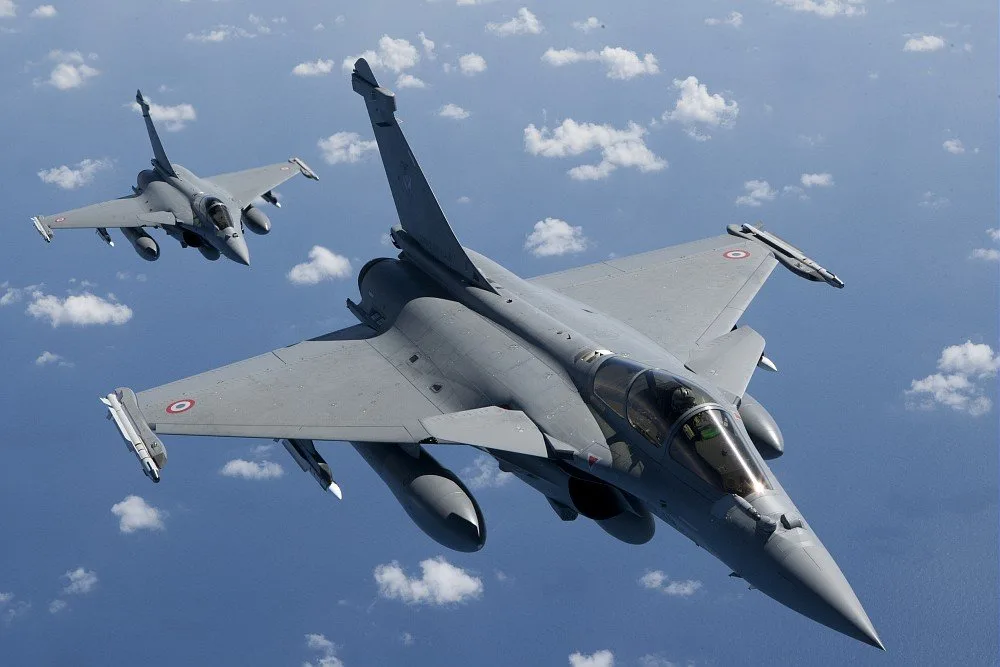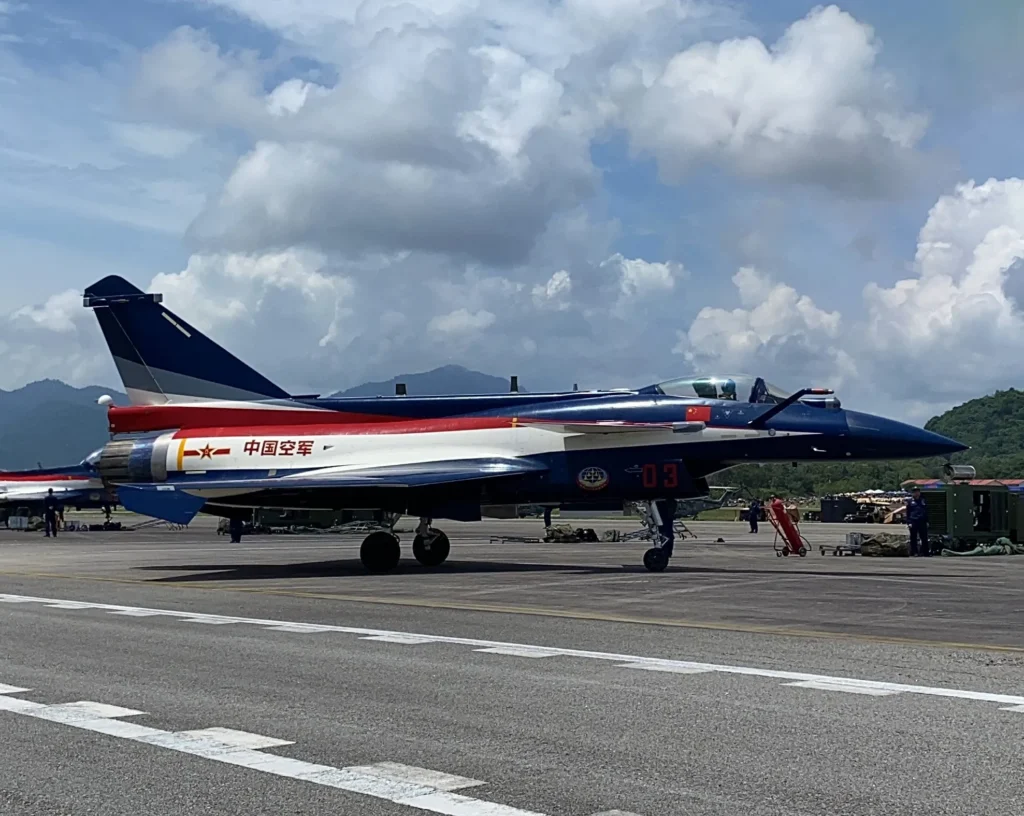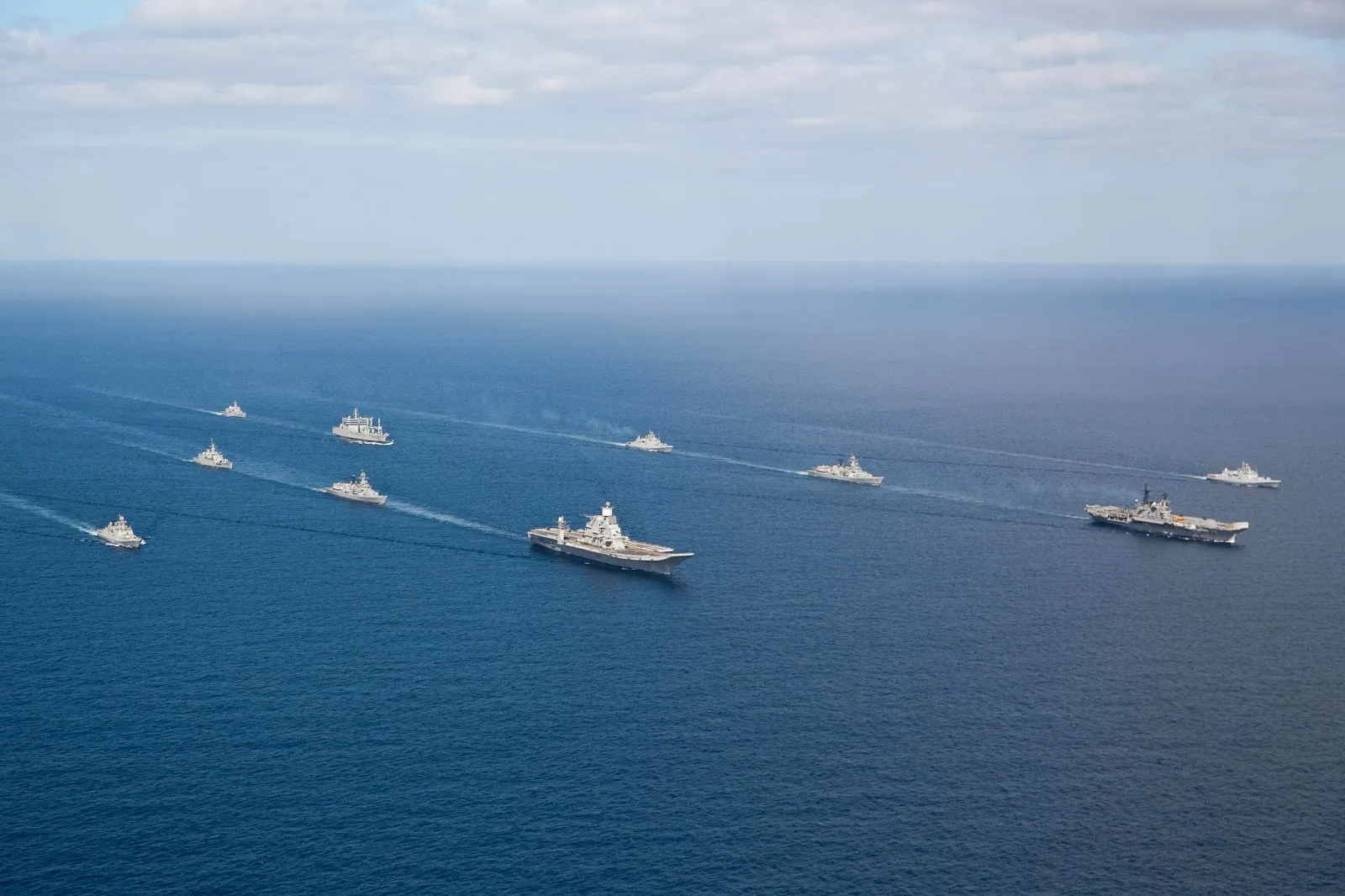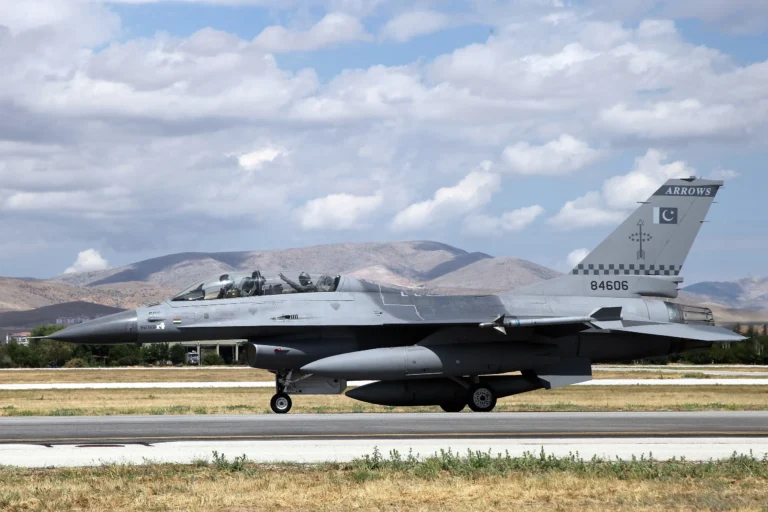NEW DELHI- During Operation Sindoor, the Indian Air Force successfully shot down a few advanced Pakistan Air Force (PAF) fighter aircraft, according to a senior IAF officer who spoke on Sunday.
While analysing technical evidence to confirm these aerial victories, the officer acknowledged that India also sustained some combat losses, though he noted that the Indian pilots had safely returned to base.

Strategic Strikes
Operation Sindoor, launched on May 7, 2025, targeted 9 terror camps in Pakistan and Pakistan-occupied Kashmir (PoK). The Indian Air Force (IAF) executed 26-minute precision strikes, as per Lieutenant General Rajiv Ghai.
Air Marshal AK Bharti confirmed the IAF downed several high-tech Pakistani Air Force (PAF) jets, likely including Chinese-made J-10Cs, without wreckage due to engagements within Indian airspace near Pathankot.
The IAF struck PAF bases like Rafiqui and Murid, destroying air defence sites, while the Indian Navy’s precision munitions supported the operation. Bharti acknowledged Indian losses but emphasised all pilots returned safely, withholding details to avoid aiding adversaries.
The operation’s success relied on integrated air defence and electronic warfare grids, thwarting PAF intrusions. The strikes, planned with meticulous target analysis, used BrahMos missiles and air-launched munitions, ensuring minimal collateral damage, per Ghai.

Ceasefire Violations
A ceasefire agreement, reached on May 10 via hotline talks between Ghai and his Pakistani counterpart, aimed to halt hostilities.
However, Pakistan violated it within hours, with artillery fire along the Line of Control (LoC) and drone intrusions near Jammu through Sunday morning.
Ghai warned of a “fierce and punitive” response to further violations, with General Upendra Dwivedi authorising kinetic counteractions.
The 4-day clash, the worst in decades, killed 35–40 Pakistani soldiers and five Indian troops.
Pakistan’s actions, including drone attacks intercepted by India’s S-400 systems near Pathankot, underscored the ceasefire’s fragility. Ghai’s planned Monday talks aim to stabilise the agreement, but India remains vigilant, with the IAF and Army maintaining high readiness to counter threats.

Indian Navy
The Indian Navy, under Vice Admiral AN Pramod, played a critical role, deploying its carrier battle group, submarines, and aviation assets in the Arabian Sea within 96 hours of the Pahalgam attack.
Operating near Karachi, the Navy conducted weapon firings to validate combat readiness, ensuring precision strikes on potential targets. This deterrence posture, per Pramod, pressured Pakistan into requesting the ceasefire, as India’s naval edge overwhelmed PAF’s maritime capabilities.

Broader Implications
The strikes, killing 31 civilians in Pakistan per their reports, sparked diplomatic fallout, with Pakistan alleging sovereignty violations at the UN. India’s Ministry of External Affairs rejected these claims, emphasising the operation’s focus on terror camps linked to Jaish-e-Mohammed and Lashkar-e-Taiba.
The conflict’s economic toll, estimated at ₹500 crore daily, hit tourism and trade near Jammu.
The operation highlighted India’s advanced capabilities, with the IAF’s Rafale jets and S-400 systems outperforming PAF’s defences. Misinformation, debunked by PIB, falsely claimed PAF downed Rafale jets, using old MiG-21 crash images. The IAF’s success, per Bharti, reinforces India’s zero-tolerance policy on terrorism, setting a precedent for decisive action while urging restraint to avoid nuclear escalation, as noted by the UN.
Stay tuned with us. Further, follow us on social media for the latest updates.
Join us on Telegram Group for the Latest Aviation Updates. Subsequently, follow us on Google News

